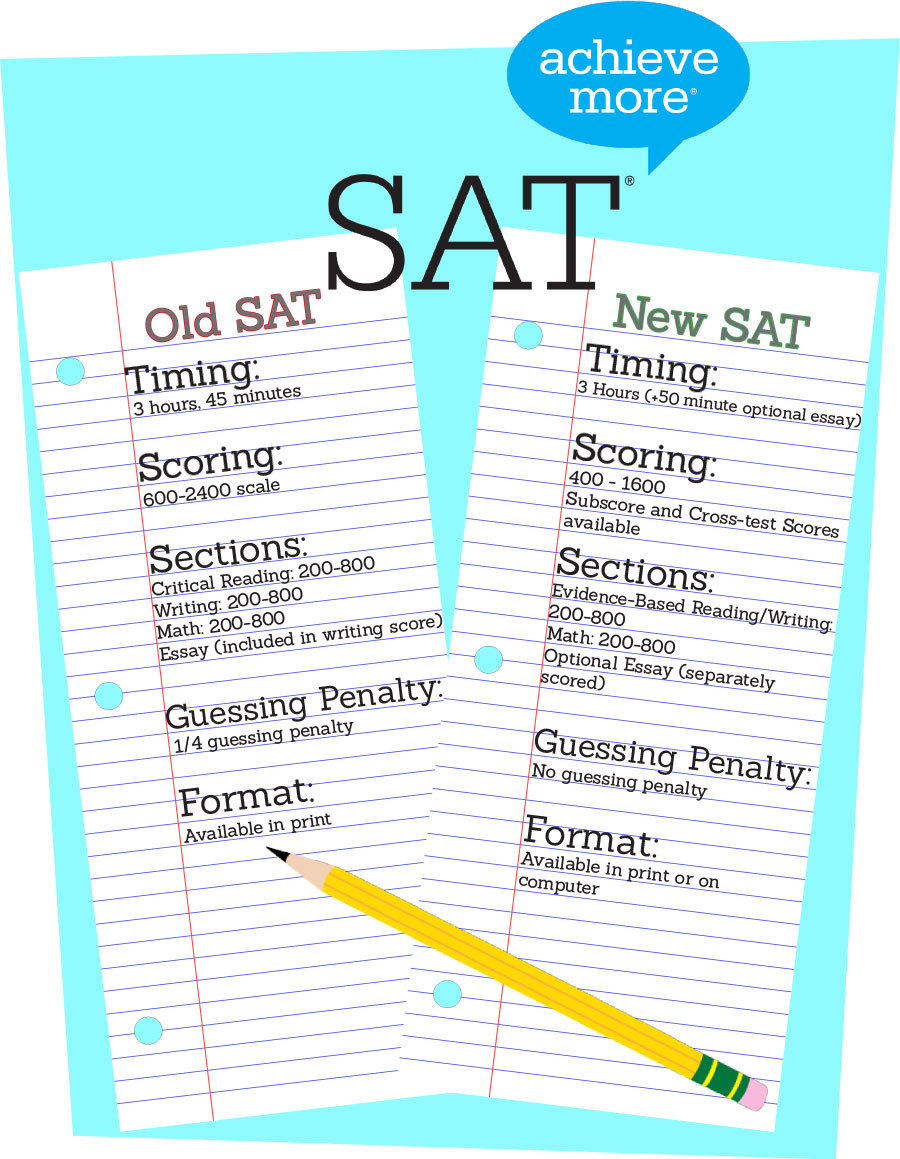Chase Strupp, Reporter
@cstruppcourant
Many juniors and sophomores are anticipating the new SAT that will be administered in the spring of 2016. Similarly, many wonder what the new assessment will offer and what changes have been made. However, this past October, students were able to get a taste of the test with the PSAT, which was structured in the same format as the new SAT.
Lynn Carnegie, the Carnegie Pollak test preparation founder, explained how the framework of the test has been altered. “The new SAT will revert to its original 1600-point scale from the current 2400-point scale. The test has four total sections: reading, writing, math with a calculator, and math without a calculator,” Ms. Carnegie said. “The old SAT had 10 sections, including an experimental section that did not count towards a student’s score. Questions on the new test have four answer choices rather than five, and there is no longer a penalty for incorrect answers. It is now to a student’s advantage to provide an answer for every single question.”
Unlike the old SAT, the new one offers an optional essay. However, some students, like junior Graham Jameson, question why someone would opt to take an essay that is not required. “The writing section of the old SAT is completely different than the new SAT writing,” Graham said. “Now there is a separately scored, optional essay. I’d say most students, like me, would choose not to take it.”
Although the essay is optional, Susan Carroll from the College and Career Center thinks that students definitely should take the essay, especially if a college requires it. “Whatever test a student chooses to take, I would advise the student to take the writing piece,” Ms. Carroll said. “It would be awful if the student added a college to his or her list that required it, but they hadn’t taken it.”
Although students will feel the effects of the change, because many of them are more familiar with the old format, Ms. Carroll believes that the new SAT will benefit students. “The SAT was redesigned so that it could better reflect what is taught is high school,” she said. “I think that for the great majority of students, this is a good thing. For students who have favored the ACT, the new SAT will be similar in many aspects.”
Another objective of the new SAT is to emphasize Common Core standards and more realistic skills for students. “The test was redesigned to better align with the skills and knowledge that high school students learn in the classroom,” Ms. Carnegie said. “In other words, it is designed to correspond with the Common Core standards.”
A large focus on the revisions which Ms. Carnegie emphasized is the verbal section that has been made easier for students. “The new SAT eliminated the obscure vocabulary component of the test, so there are no longer sentence completions or questions that require answers with words like punctilious or obstreperous,” Ms. Carnegie said. “The new SAT vocabulary will test relevant words in context and will use words that are considered to be in “tier two” common core vocabulary.”
Despite apprehension towards a reformatted SAT, the feedback from educators, like Ms. Carroll and Ms. Carnegie, has been positive. If students are looking to sign up for the SAT, for more information visit collegeboard.org and register for the test on Saturday, March 5th.




